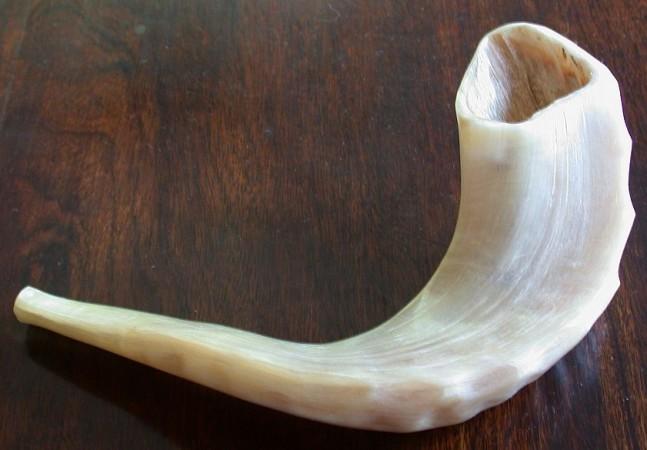
'Rosh Hashanah', commonly referred to as the Jewish New Year, is an important festival in many parts of the world. The event begins on the first day of Tishrei (or Tishri), which is the seventh month in the Jewish calendar and often lasts for two days.
Rosh Hashanah – which begins on 24 September this year and extends up to 48 hours – is believed to be the anniversary of the creation of Adam and Eve. There are various ways in which the festival is celebrated throughout the world.
Here are 6 interesting things to know about the Jewish festival:
Shofar
An important symbol of Rosh Hashanah is the shofar, a horn of a ram or other animal that is blown in order to produce a wide and loud sound. According to Jewish culture, this horn symbolically awakens people to prepare them for the coming judgment.
The musical instrument is often played during Rosh Hashanah and Yom Kippur, the Day of Atonement.
The instrument is described abundantly in the Hebrew Bible and in other literature and it is sounded just before, during and after the Musaf prayer on Rosh Hashanah.
Apples dipped in honey
One of the most popular and interesting customs on Rosh Hashanah is dipping slices of apple into honey. It is considered to be an age-old tradition to express hope for a 'sweet new year'.
The Jewish mythology points out that the apple represents the Shekhinah – the feminine aspect of God – and eating honey with apple would encourage Shekhinah to judge kindly. More importantly, Jews believed that apples have healing properties.
'Tashlich'
Some Jewish people perform the Tashlich during Rosh Hashanah. It is the custom of reciting prayers near naturally flowing water, such as a stream or river. Small pieces of bread or other food are thrown into the water in a symbolic action of getting rid of one's sins.
The practice of such a custom could be traced back to a Biblical passage in the book of Micah, which is recited at the ceremony: "You will cast all their sins into the depths of the sea."
White Dresses
Jewish people traditionally wear white or light colours while visiting the synagogue during the festival. This custom is said to symbolise new beginnings and it represents purity and renewal.
Varieties of Food
During the festival many Jewish Communities eat a range of Symbolic foods including, apples, black-eyed beans, dates, gourd, honey, leeks, pomegranates, spinach, and tongue or other meat from the head of an animal. Among many other popular dishes are, 'gefilte fish' (poached fish balls); lekach (honey-flavoured sponge cake) and challah (a round loaf of bread). The challah bread is said to symbolize the continuity of life.
Lighting of Candles
Lighting candles during Jewish holidays are common and such a practice is believed to create a sacred space. While the number of candles depends on traditions or preference, one candle for each member of the family is sometimes lit.
But lighting two candles is considered symbolical in representing male and female aspects of God.

















